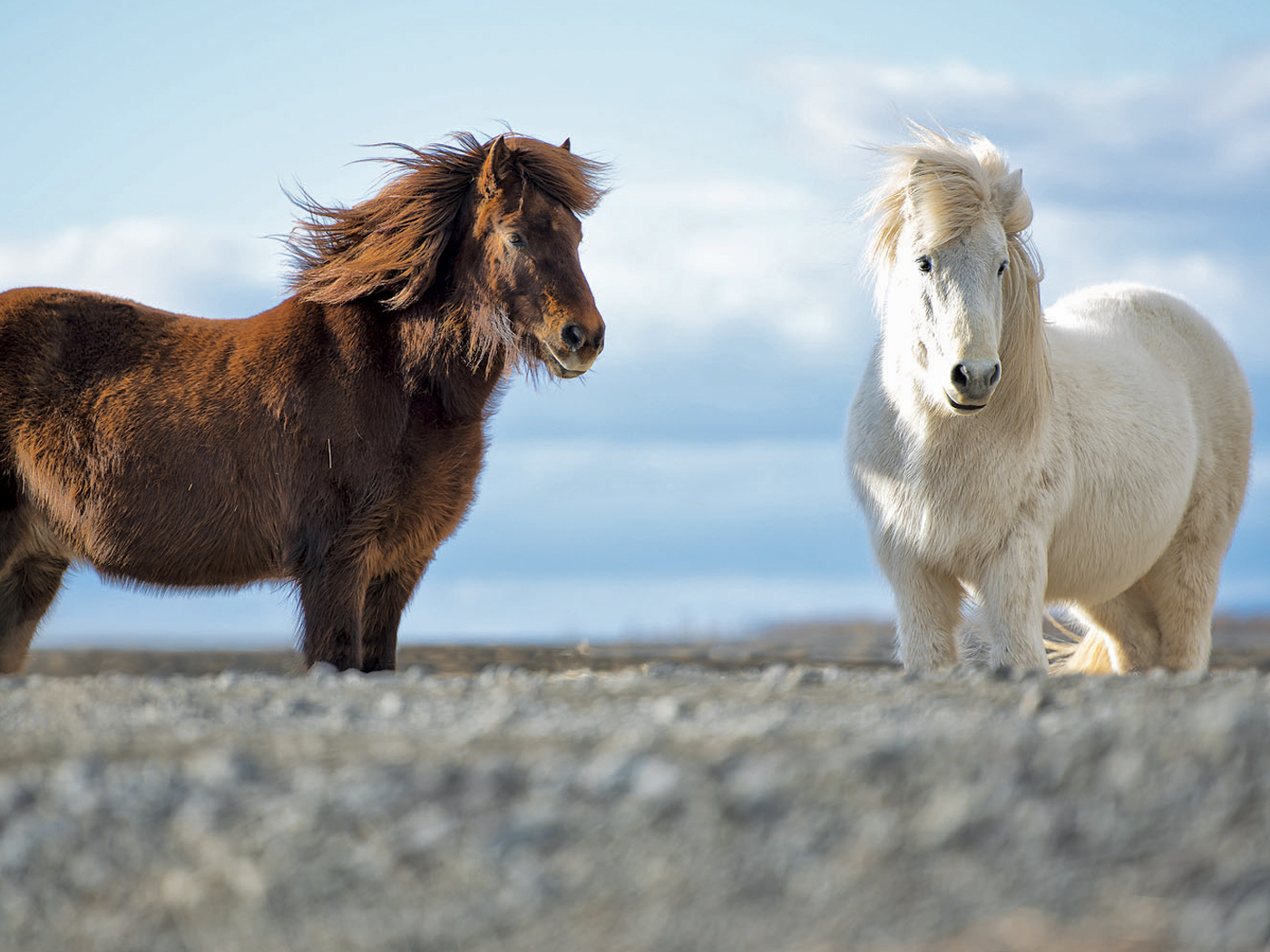The Back to Genesis section of Acts & Facts received its name years ago to reflect ICR’s thinking about origins research and how we approach scientific data. As Bible-believing Christians, we have a firm conviction that Scripture is true and accurate on all subjects that it addresses. Our faith in Scripture is not a blind faith but a reasonable faith that has been studied, tested, and reinforced time and again. Scripture doesn’t always provide all the details about a given subject, but it does give us “the big picture”—the worldview within which we frame our understanding and studies. Facts by themselves do not speak clearly but must be interpreted within a presupposition set—a worldview.
The biblical worldview handles the data better than any other worldview, especially as they relate to unobserved origins questions. Just as Genesis teaches, we believe that all things were created in a perfect, “very good” state (Genesis 1:31), that mankind and all his dominion suffers under the Curse due to Adam’s sin (Genesis 3:11-19), and that all things were altered by the great Flood of Noah’s day. No datum observed today could have escaped any of these great, worldwide events. Thus we must always go “back to Genesis” to get to our focal point—our starting point. When we do, we have a chance to properly interpret the data. Starting with the wrong presupposition virtually guarantees a wrong interpretation.
Let me give a simple example. Scientists often refer to evolution to trace how land animals evolved from some sea creature. Supposedly, fish evolved legs from fins and lungs from gills, and then they crawled onto the land. Was it a lobe-finned fish like coelacanth or Tiktaalik? Did a lack of food drive the transition, or was it a periodic drought? Was a mega-mutation involved or a series of tiny point mutations? Did the change occur slowly or rapidly? There is so much evolutionists don’t and can’t know.
The answer lies in the creation account of Genesis 1. In clear language we read that on Day Five of the creation week God created animal life to live in the sea. The ocean was literally “teeming” with life. Today, we observe life of all types crowding every spoonful of seawater. Scripture could not be more correct. The vertebrate fish are numerous and diverse, but they are all recognizably fish, and all utilize gills for breathing.
According to evolution, fish descendants, beginning with the amphibians, were and are air-breathing land creatures. While all vertebrates share some features, the proposed transitional forms between them are systematically missing in the fossil record and in living creatures today. All proposed candidates fail to exhibit the proper features. None have part-way lungs or half-legs. In short, no “fishibians” have been found. But according to Scripture, they shouldn’t be found because they simply never existed. Land creatures of all kinds were created fully formed on Day Six. No Day Five animal was altered to live on land, and the fossil record reflects this. Land animals were created without ancestor relationships. No hint of deep time or evolutionary change can be found in Genesis.
It should be no surprise that the evidence fits this biblical record. Just as Genesis relates, all basic life forms were created ex nihilo and fully functional. Our scientific studies confirm the truth of Genesis. On the authority of God’s Word, we can be certain that creation was accomplished without millions of years of trial-and-error evolution. We have every reason for confidence in His infallible record to us. It is the basis for not only our scientific studies but our certain hope for the future.
Going “back to Genesis” for all understanding makes sense.
* Dr. Morris is President of the Institute for Creation Research and received his Ph.D. in geology from the University of Oklahoma.



















